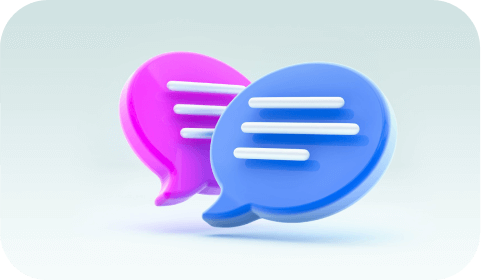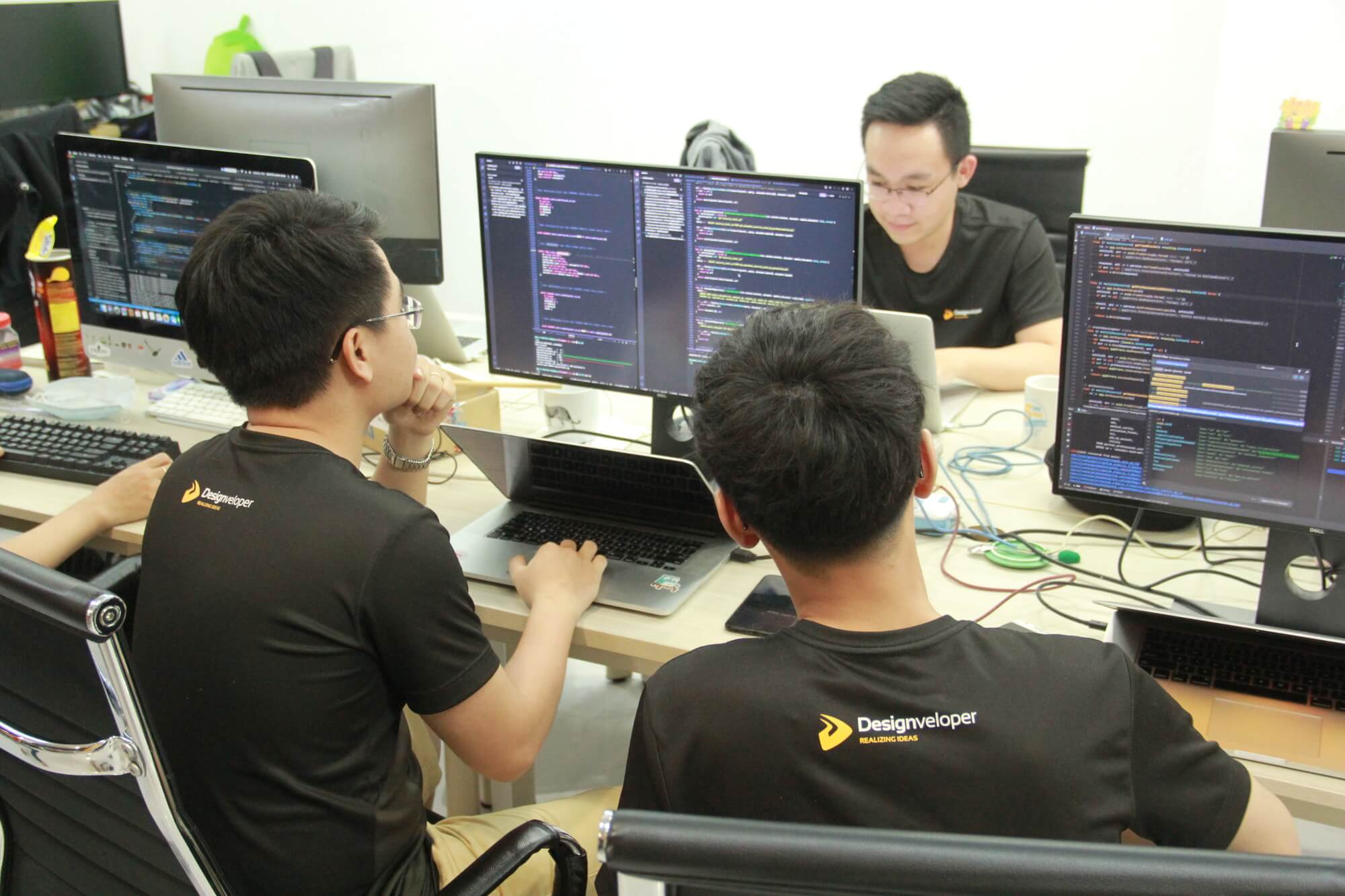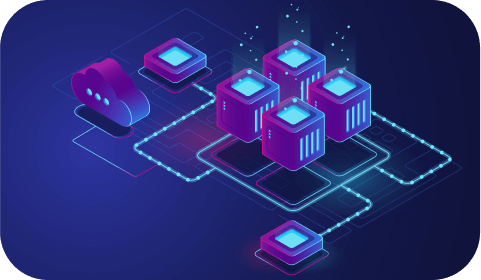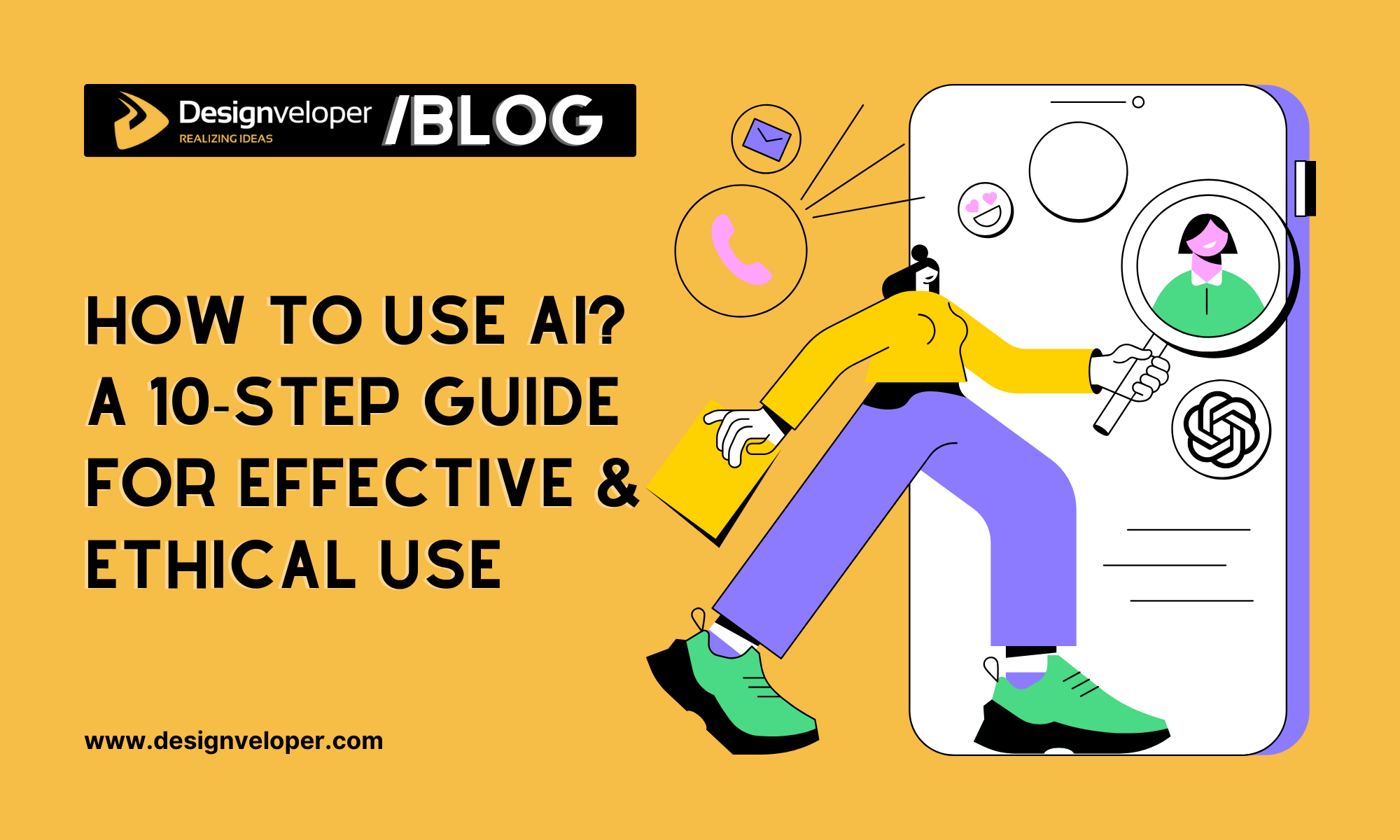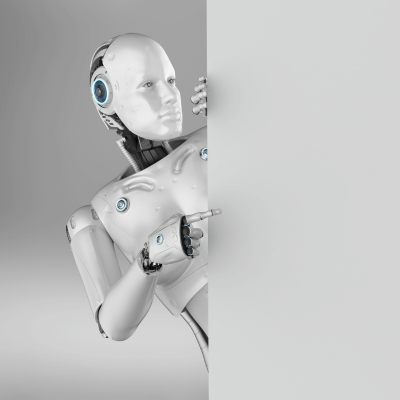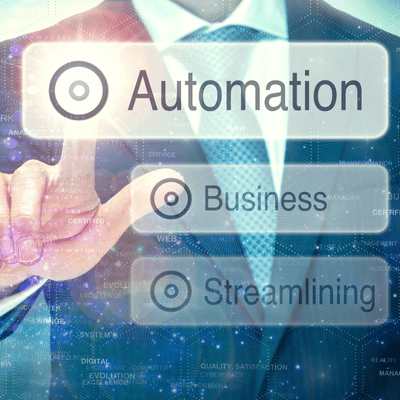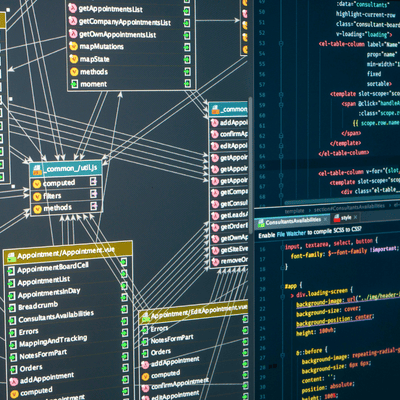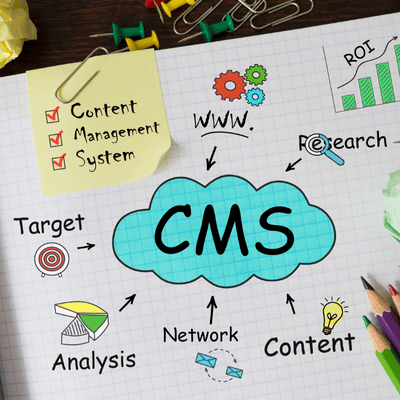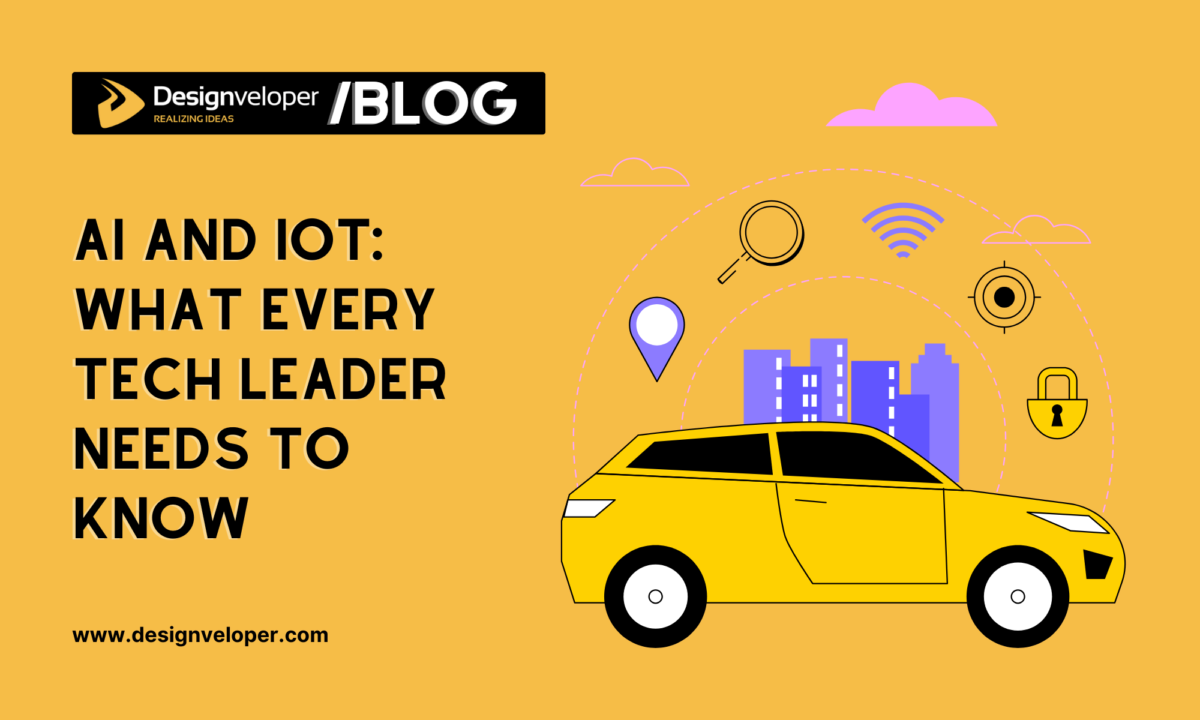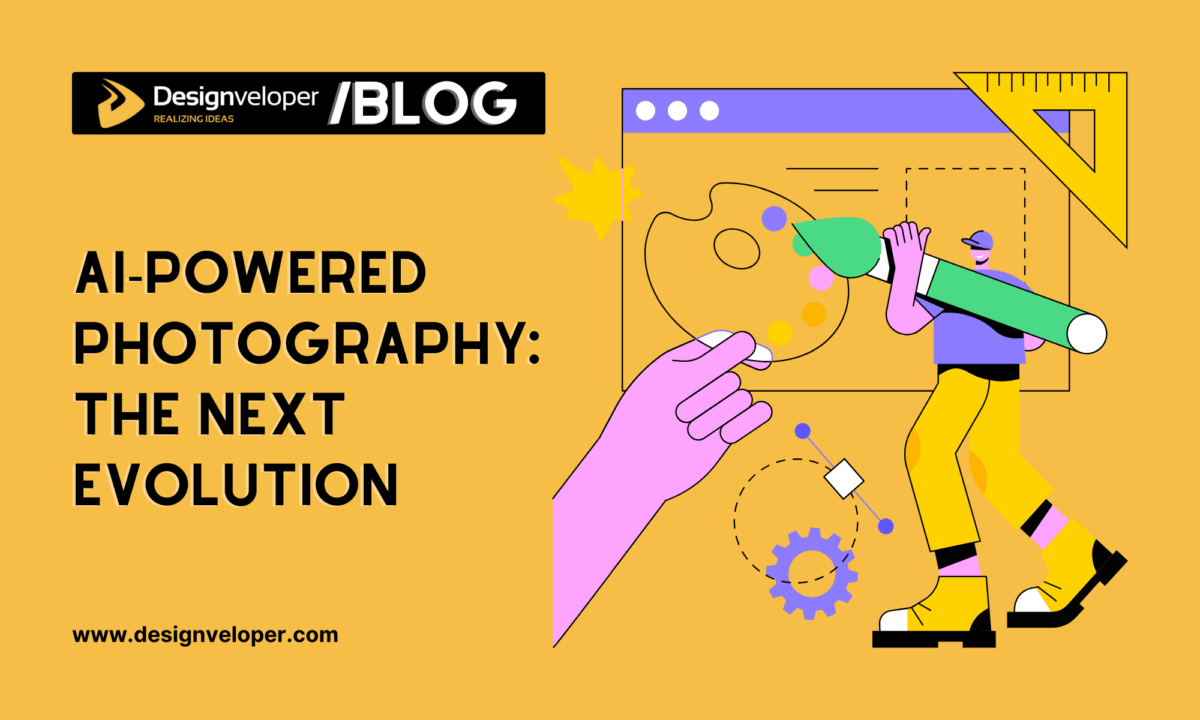
Artificial Intelligence appears as a potent assistant for both individuals and businesses. However, many people still struggle with how to use AI effectively, consequently leading to undesired or unethical outcomes.
Therefore, this article is here to guide you on using this advanced tech responsibly across industries. Accordingly, we’ll discover 10 practical and ethical steps to harness the power of AI, ensuring its application aligns with your intended purpose and ethical standards. Now, keep reading!
What Can AI Be Used For?
Before further delving into 10 effective ways of using AI models, let’s discover different use cases you might apply this tech to:
Customer-Driven Solutions
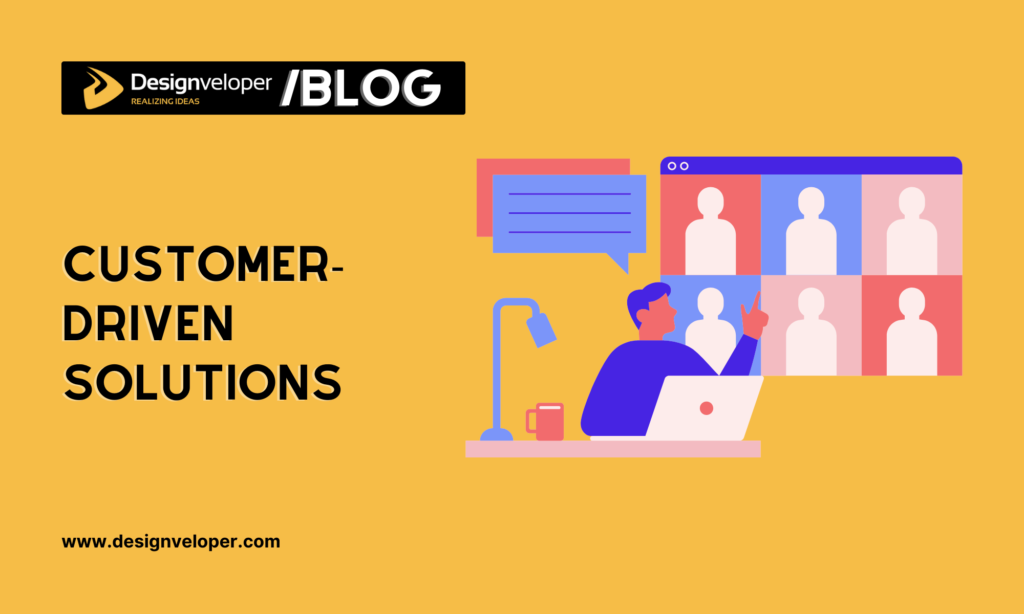
Many companies nowadays are already using AI tools across applications, typically chatbots and process automation, back-office analytics, training and support for human agents, and even decision-making.
By deploying Artificial Intelligence, organizations are reporting more positive results in customer care.
According to the 2023 Customer Service Excellence report by Deloitte, most customers contact customer service to request product or service information (51%) and payment information (49%). Further, 45% of customers prefer to get desired outcomes for their cases in the first contact.
Facing these top priorities of customers, many companies use AI and automation to resolve their inquiries 24/7 with available, precise information. Further, AI-powered tools, especially generative AI, can handle repetitive, routine tasks (e.g., finding product knowledge base or troubleshooting) more easily and quickly.
For this reason, AI or process automation is considered effective in reducing resolution time (68%), boosting cost efficiency (65%), and improving customer satisfaction (63%).
McKinsey also has the same finding. They discovered that over 50% of businesses perform better delivery of customer service when integrating AI into their customer operations.
The case of McDonald’s is a typical example. The brand utilizes AI-powered kiosks at the drive-through to adjust the menu display based on local preferences and inventory. These kiosks also use natural language processing (NLP) and machine learning (ML) to enable voice-based ordering. This tech is about 85% accurate and can take 80% of orders in multiple languages.
Creative Processes
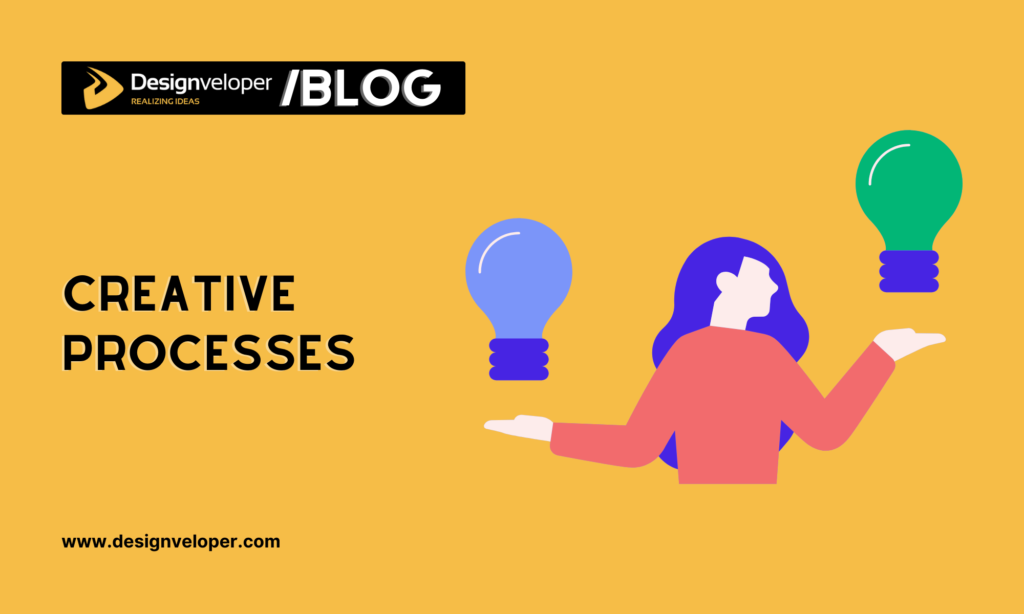
In the past, machines were often considered unconscious, and incapable of thinking logically and creatively as humans.
However, with the advent of GenAI, this story has changed. Today, computer systems can generate innovative artwork, compose music, and even craft entire articles.
Here’s how to use AI for boosting creative processes:
Text Generation
Authority Hacker stated that the majority of AI users are employing this advanced tech for text creation, such as articles (81.5% ), copywriting (47.8%), and social media posts (34.7%).
Trained on massive amounts of data, such models as ChatGPT or Microsoft Copilot can generate new texts based on user inquiries. They can produce complete sentences, build an entire article, search for information, or chat conversationally like humans.
Image Creation
AI algorithms can generate images of any style based on text descriptions. For example, Google Gemini allows you to describe your idea and watch it create realistic images.
Due to this immense benefit, the global market of AI image generators is experiencing constant growth in the upcoming years. In particular, the market will grow at a CAGR of 17.5% during the forecast period 2023 – 2030. This development is mainly propelled by advancements in neural network architectures (e.g., GANs – generative adversarial networks) and the rise of eCommerce.
Video Production
Apart from images and art, AI algorithms can also help with all aspects of video production (e.g., storyboard creation and shooting) without a professional studio.
Some best AI video generators like Synthesia use deep learning, GANs, and other advanced models to build realistic avatars with gestures, generate scripts, automate translation, and enable collaborative editing.
With this potential benefit, these generators help businesses handle what might hold them back from video creation, typically time & bandwidth (60.5%) and team capabilities & resources (43.5%).
Voice Recognition & Generation
If you often use Apple’s Siri to search for information or set reminders, you’re approaching voice recognition tech. These systems are powered by advanced techs like NLP or Deep Neural Networks (DNNs). They can learn from big data constantly to interpret and respond to voice commands.
Not only in virtual assistants but this voice-activated tech is also deployed across industries. For example, the Royal Bank of Canada has empowered its customers to pay bills using Siri since 2017.
Further, machine learning algorithms are also harnessed to analyze large databases of recorded human voices and mimic human speech, from tone to emotional inflection.
One typical voice generator is Murf. It can convert text to human-like speech using advanced ML techniques. This will eliminate the process of recording and editing human voices to create voiceovers.
Technical Aspects
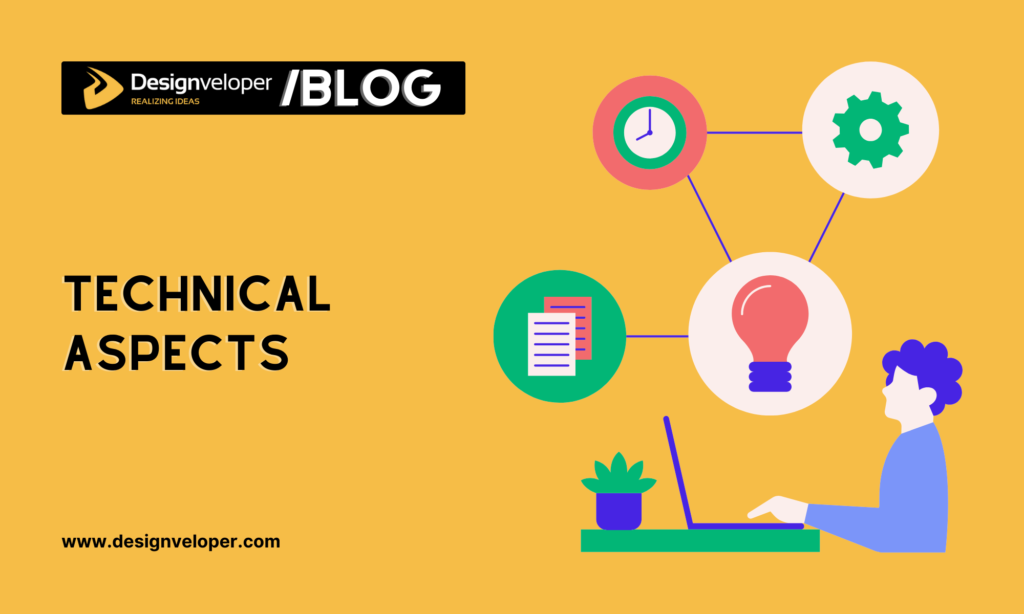
AI has revolutionized software development. For example, GitHub Copilot uses advanced AI (like OpenAI Codex) to recommend relevant code, provide complete algorithms, and more. This support of GitHub Copilot expedites the coding process, detects potential errors, and boosts code readability.
Further, AI models are deployed in cybersecurity. Such measures as facial recognition or antivirus programs use AI to verify a user’s identity, detect unusual patterns that can lead to fraud, or prevent malicious activities (e.g., phishing or malware). For this reason, your business can ensure secure digital systems, optimal network traffic, and effective data transmission.
Also, AI helps with effective IT operations. Particularly, more and more enterprises are moving toward Artificial Intelligence for IT Operations (AIOps) solutions to automate their IT service management and workflows.
Some AIOps platforms like Dynatrace or PagerDuty use AI capabilities (e.g., NLP), observability, and advanced analytics to transform modern operations.
Accordingly, they automate repetitive, time-consuming tasks related to IT incidents, identify and report root causes to IT or DevOps, and more. Thanks to AIOps, IT operations teams can respond quickly and proactively to IT issues, reducing resolution times and boosting efficiency.
Business Operations

Apart from customer service and IT operations, AI models also streamline other aspects of business operations. They include marketing and advertising, finance, human resources, and more.
For instance, lots of marketing automation tools like Mailchimp or ActiveCampaign use AI to customize professional and captivating emails, process repetitive marketing tasks, and automate scalable campaigns based on analyzed data.
Or employee management software, advanced AI is deployed to automate manual, mundane HR tasks, from payrolls and benefits administration to new hire onboarding.
These AI-enabled tools also integrate anonymous team surveys, custom reports, and more to understand employee satisfaction. This then allows for informed decisions to make your employees more productive and fulfilled.
So, with the assistance of AI, your business can free human resources for more strategic and creative tasks. Further, you can devise data-backed strategies that advance business operations, employee productivity, custom offerings to customers, and more. This then increases the likelihood of staying ahead of the competition.
Scientific Research
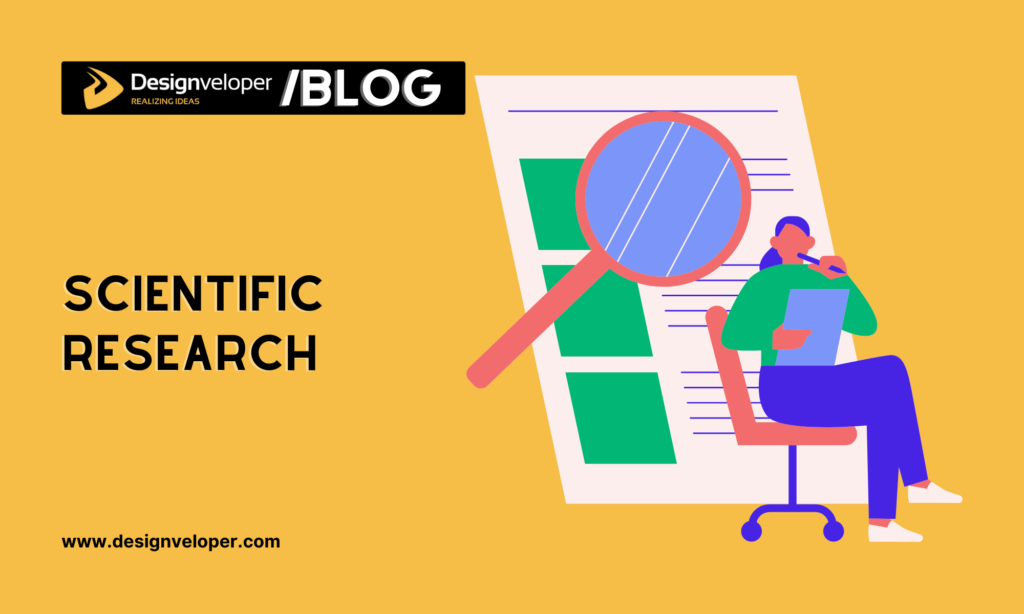
AI has opened up new possibilities and promoted scientific discoveries. By processing and analyzing vast datasets, it can detect patterns and correlations that human researchers might miss.
In medical research, this tech can automatically run thousands of experiments a day, analyze the complex nature of chronic diseases (like cancer), expedite drug discoveries, predict interactions between drugs, and more.
Besides, lots of entities like ConscientAI or Microsoft use AI in climate science. This advanced tech analyzes vast amounts of structured and unstructured data to interpret and measure climate. For instance, scientists from the University of Leeds (UK) have developed a neural network that can map icebergs quickly and accurately. This helps them calculate the amounts of meltwater released into the ocean.
10 Steps on How to Use AI Effectively and Responsibly
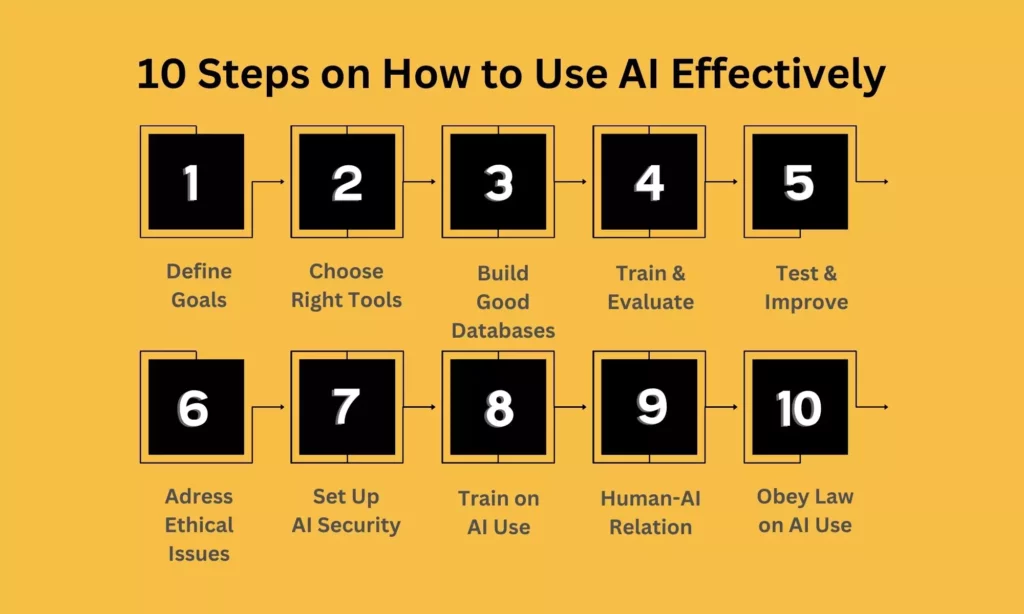
Despite its widespread use, not all workers know how to use it in the right way. So, DSV now elaborates on the 10 key steps to make your AI usage more responsible and productive:
Define Clear Goals
Identifying clear and specific goals is the first and critical step you shouldn’t miss if you want effective AI use afterward.
What are you looking to achieve with AI? Automate routine business tasks, improve customer care, acquire insightful analytics, or anything else? Asking yourself these questions and more will help you clarify short-term objectives and ultimate goals.
Once you have clear goals, you can easily devise a smart, effective strategy for using AI and building performance metrics to measure its success. Further, these goals should align with your overall business mission, resources, and capabilities.
Choose or Develop the Right Tools
AI-powered tools serve as a powerful assistant to streamline your business workflows. So what if you pick up or develop the ones that don’t match your needs? You might confront unexpected costs for unnecessary features, productivity loss, employee frustration, and even reputation damage.
Today, various AI tools are available in the market, each having positive and negative aspects. So, you need to understand the capabilities of each tool and ensure they fit your requirements.
But if no existing software suits your business, you can develop a custom solution. This could involve partnering with tech companies (like Designveloper), hiring in-house experts, or using existing platforms to build AI.
Build a High-Quality Database
AI models are like kids; they’re significantly impacted by the training data (“knowledge and experience”) they’ve learned from data sources” like social media or CRMs (“other people”).
If the training databases contain biases or untrusted information, these systems can produce biased or misleading outcomes.
Unfortunately, nearly half of organizations undergo data quality issues. Plus, data downtime has almost doubled over the years. This poor-quality data can affect 31% of revenues.
Therefore, your AI models should be trained on a high-quality database to possibly collect relevant, trusted data. Plus, these systems must refine this data to eliminate errors or inconsistencies and organize it for easy processing.
Train and Evaluate AI Models
Training AI models involves providing them with labeled or unlabeled data and enabling them to learn from patterns to make data-driven decisions.
Further, nothing can ensure these models work as expected. So, one important step in how to use AI models is evaluating and testing them thoroughly with proper validation metrics. This helps your business understand AI’s performance, accuracy, and security.
Monitor and Improve AI Performance
After testing and deploying AI systems, you need to continually manage and enhance their performance. This refers to training these models on new data, monitoring and modifying evaluation metrics, collecting user feedback, and upgrading them if needed.
Regular monitoring helps you detect issues early and ensure your models can be effectively used even when your goals and data evolve.
Also, you should keep up with advancements and trends in AI as they can impact and improve your AI use and performance in the future.
Address Ethical Issues
Despite its potential benefits, AI models also raise some pressing concerns among users.
According to the 2023 Deloitte Survey, data privacy was the top ethical consideration (22%), followed by transparency (14%). But unfortunately, over half of executives didn’t know whether their businesses set ethical standards for using GenAI.
Therefore, your business must ensure it works ethically by establishing a framework that governs and regulates how to use AI software responsibly at work. This framework can involve policies and processes for AI use, identify roles with AI-related responsibilities, and cover mechanisms for transparency.
Establish Robust Security Measures
Apart from ethical considerations, your business should also focus on the security of AI systems.
Are your models safe from cyberattacks? Does confidential information stay safe from misuse or unauthorized access? Are your employees using approved tools? All these questions can help you track and validate AI security.
To prevent security issues like data poisoning or shadow AI, your business should set up advanced security protocols, automated defensive mechanisms, frequent testing, and more. Also, your employees must be well-prepared to handle security incidents.
These measures will protect your AI models and databases from threats like shadow AI, data poisoning, or AI hallucinations.
Train Human Workers on AI Use
AI’s value doesn’t lie in itself; rather, it’s highly acclaimed for how leaders and employees use it to support their routine work.
However, BCG discovered that AI training now mainly focuses on leaders (44%), while organizations only train 14% of frontline workers to strengthen their AI skills. This can make human forces decrease productivity, miss opportunities to improve operations, and more.
Therefore, it’s important to provide your human workers with intensive training on how to use AI tools. Also, training should be customized to the needs of your workers and updated when AI tools evolve.
Encourage Human-AI Collaboration
There’s a myth that AI can replace humans. But in fact, both are mutually beneficial, reinforcing each other’s strengths and offsetting their weaknesses.
So, your business should encourage collaboration between humans and AI. This can be done by building user-friendly software for seamless human-AI communications, allowing for positive feedback, and fostering a culture that values both human expertise and AI capabilities.
Obey Law on AI Use
Before the increasing use of AI tools, some countries have enacted legislation on AI deployment across applications.
For example, the California Privacy Rights Act (CPRA) provides AI-related provisions for using sensitive personal data, data sharing, and more.
Legal compliance does not only help you avoid penalties, but also builds trust with AI users. Accordingly, you should ensure your advanced models adhere to data privacy regulations and intellectual property rights.
Conclusion
Understanding how to use AI tools effectively and ethically is crucial in today’s digital age. By following the mentioned steps, you can leverage the full potential of this tech. This can ensure it brings immense benefits to all aspects of your life and work. Want to know more about AI? Subscribe to our blog for new updates.






Read more topics





















